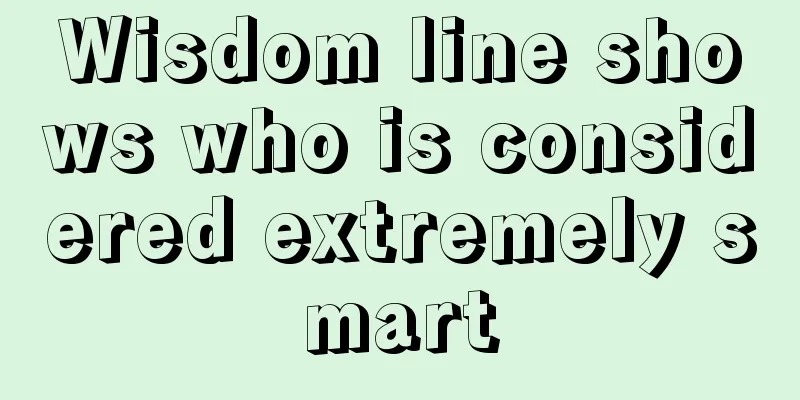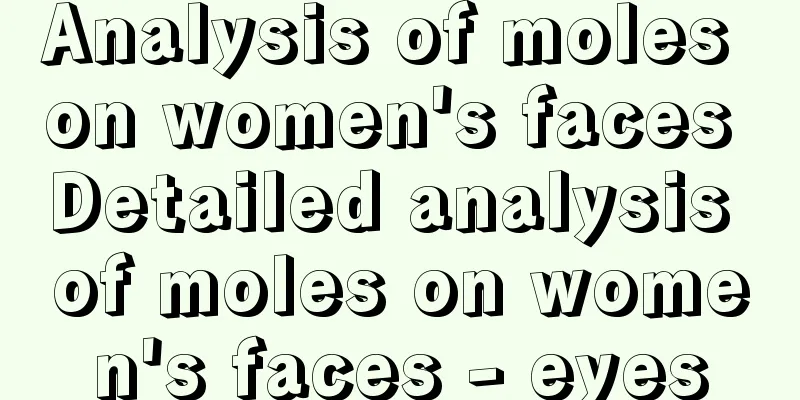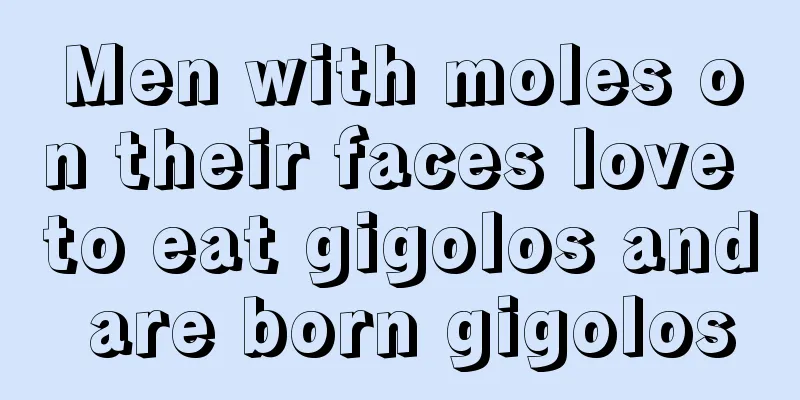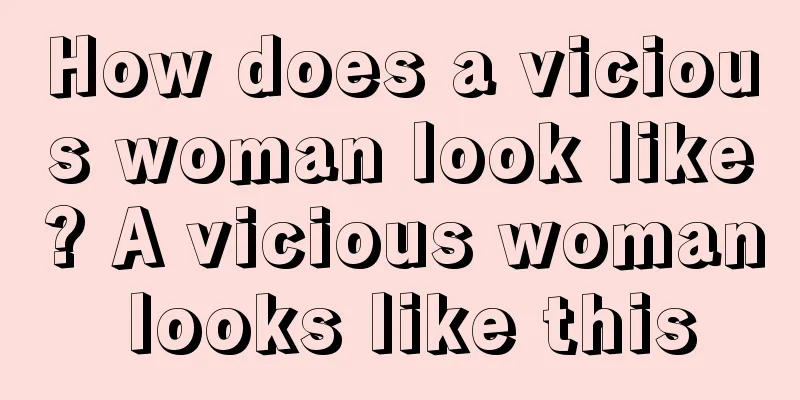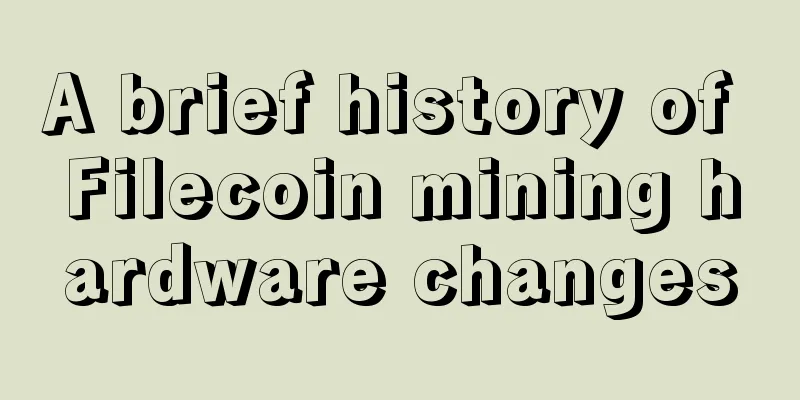MIT blockchain paper: Research on blockchain certificate framework and privacy solutions
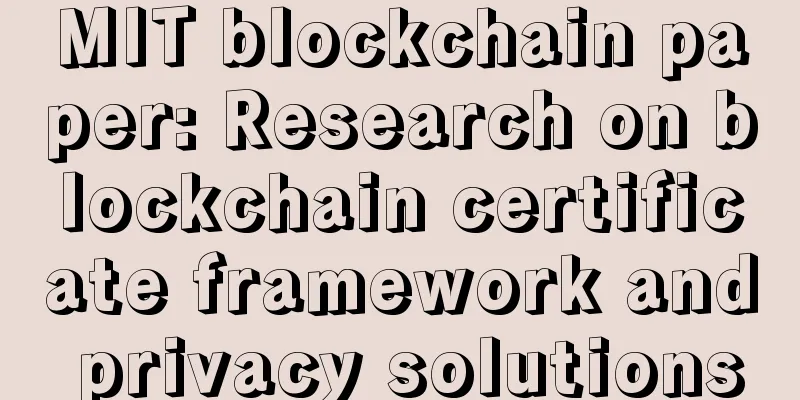
|
MIT Media Lab published a new report on its blog titled "What Have We Learned from Designing a Degree Credentialing System on the Blockchain?" The document studies the properties of digital certificates based on distributed ledger technology. Over the past year, the research team has conducted a project to verify digital certificates using blockchain technology and Mozilla Open Badges. MIT researcher: Bitcoin blockchain is currently the "most tested and trusted blockchain" The MIT research team has released code to this open source project, which aims to make it easier for people to create similar applications. The reason for designing this project is because of the importance of immutable digital certificates. Now the document on the MIT blog details a previous blog post written by J. Philipp Schmidt, which proposed that this certificate concept may replicate the past era of "carpenters carrying reference books with them." In the document released this time, the authors said that they have benefited greatly from blockchain technology. The document stated that the research team has realized that there is a lot of attention on distributed ledger technology now, but this technology is not simple. Juliana Nazaré, J. Philipp Schmidt and Kim Hamilton Duffy jointly explained in the blog:
For source code and discussion of the project, click here. The certificate architecture in the MIT team's project is 'quite simple'. The digital certificate framework includes: Cert-schema , Cert-issuer and Cert-viewer , which jointly broadcast data to the Bitcoin blockchain. The Ethereum blockchain is also mentioned in the published document. They said that when they started their research, Ethereum was still in its infancy, and the Bitcoin blockchain is currently "the most tested and trusted blockchain". MIT researchers also used private/public key cryptography to authenticate the issuer and recipient of digital certificates. This digital certificate application also has a revocation function to eliminate the certificate, but it is not a true deletion because the original information of the blockchain can never be deleted. The blog points out that the Bitcoin distributed ledger is open and unchangeable, but the author is aware of people's concerns about privacy. The document report states:
Curation is an important approach for those who want to pick and choose which certificates they want to publish. The MIT research team said that the curation approach allows administrators to decide how much information to share. For example, educators may want to review students' academic records by using the MIT blockchain to verify certificates. Teachers can try and search for students' employment certificates, but "the contents of these certificates will be encrypted." Although the researchers said there are still many "flaws" at present, they are trying to make traceability more difficult in future implementations. The project is currently available for testing applications. The project's creators said that if anyone is experimenting with this type of technology, they should join their GitHub repository. Overall, the MIT researchers seem very satisfied with the work they have completed and are looking forward to further development of the project. MIT has a lot of influence in digital currency and blockchain solutions, and also has its own digital currency project. |
<<: With $16 million raised, Waves becomes the third largest blockchain crowdfunding project
>>: Founder of the World Economic Forum: Blockchain is the Fourth Industrial Revolution
Recommend
The Internet Finance Association: Risk Warning on Participating in Speculation on Overseas Virtual Currency Trading Platforms
Source: China Internet Finance Association In 201...
In-depth: Multi-dimensional data explains how Bitcoin embraces DeFi
As the DeFi market has been hot for several month...
Are women with sad moles more likely to get divorced after marriage?
Most people never think about divorce after getti...
A better description of "blockchain": mechanical clock
When people with a business background ask you, “...
US stock investors are hurt, but the crypto market may be the biggest winner
Author | Qin Xiaofeng Editor | Mandy Produced by ...
Korea's DOTHOME free virtual host user-largest free space service
As a leading virtual hosting service provider in ...
Is it true that people with thin nose wings spend money like water? Do people with thin nose wings have good personalities?
Is it good to have a thin nose? The nose wing is ...
What is the meaning of a good person with Yima in his face?
The forehead can be used to look at a person'...
What are the effects of a mole on a woman’s nose? Is it a good mole?
Moles can be divided into broad and narrow meaning...
What is the difference between dimples and vortices?
Both dimples and pear-shaped dimples are small pi...
Palmistry marriage line to see your marriage situation
Marriage is one of the most important things in o...
How to tell if a woman has crow's feet?
As we age, wrinkles appear at the corners of our ...
The appearance characteristics of a vixen woman
In our lives, a woman who appears as a third part...
What does it mean for a woman without earlobes? Analysis of the facial features of a woman without earlobes
Everyone has earlobes. Some people have big earlo...
The facial features that will make you a villain in the office
The facial features that will make you a villain ...
